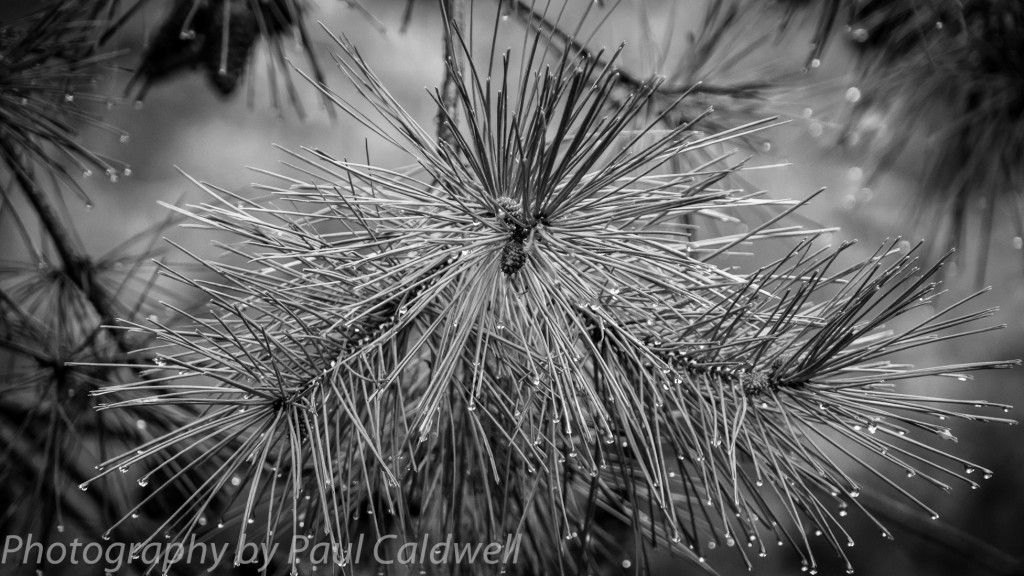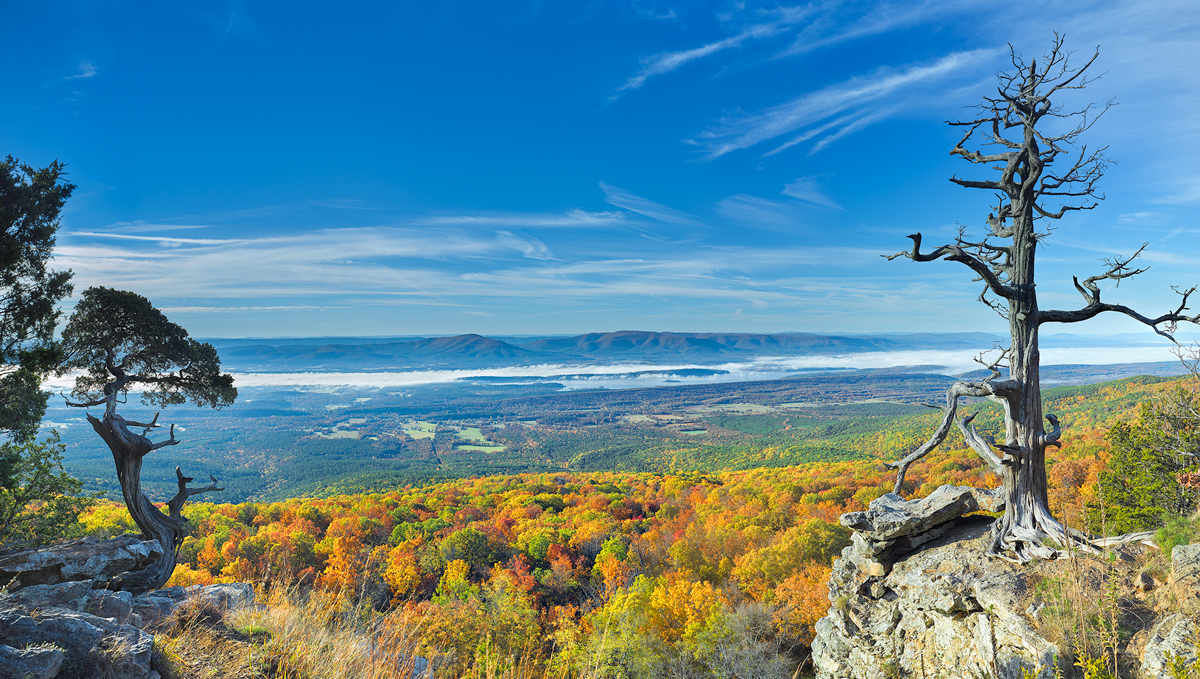It’s been a while since I have been able to write, and like the shot of the new moon above, I am hoping that I will be able to get back to a more steady stream of new postings. For most of December I was running and gunning with sales of my prints from several shows I had done. Then in the later part of December, Arkansas had one of the biggest snowstorms on record and I was out of power for 7 days. We were just starting to get our heads above water when in January, a member of my family received a cancer diagnosis. What a surprise it was to go from such a high in December to the lows we had in January. Needless to say, January was not a great month for my family. We had the cancer diagnosis to contend with and my mother took a severe fall. During this time, I was not focused that much on my website and blogsite and stepped away for a while. I went into a tailspin with the cancer and have just started to get my hands around everything. My family is very grateful for the care we received at the University of Arkansas for Medical Sciences, Winthrop Rockefeller Cancer Research Center. The entire staff of that facility made this situation much more manageable and I personally owe them a debt of gratitude. I also wanted to thank a few friends for their close support during this time, and also wanted to let others know, cancer is not contagious. I was amazed at how fast some of my closest friends chose to distance themselves from me during this time of great personal need.
I was able to do some photography in January, mainly night work, and then again in February. I will report about some of these trips and show some results in some following posts. Spring is just around the corner here in Arkansas and I am hoping to be able to capture the state in one of it’s best seasons.








Recent Comments